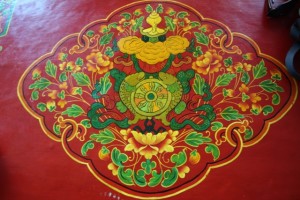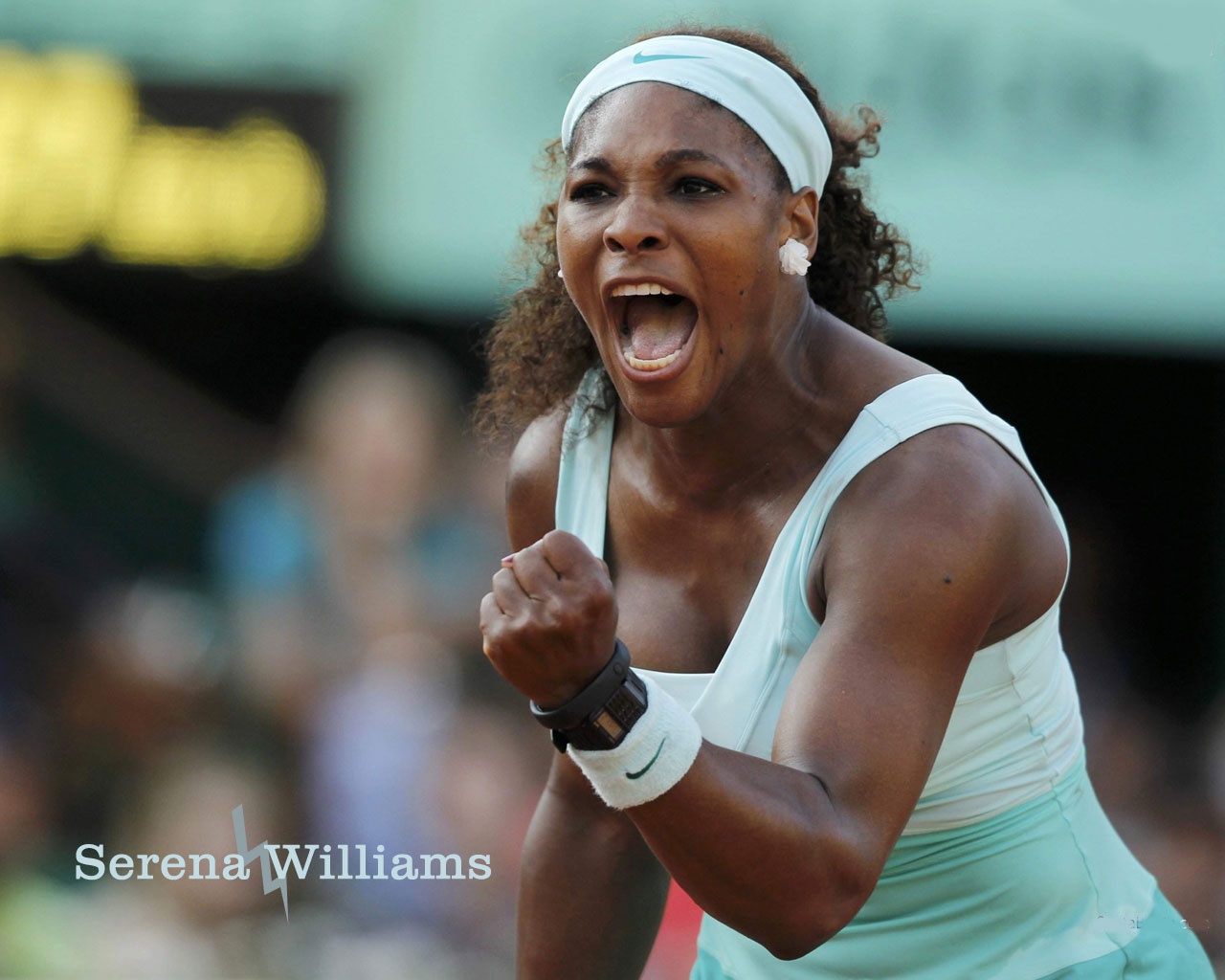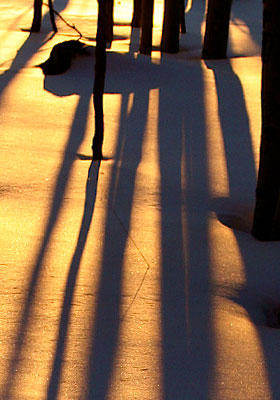
For me, everything is material for our personal, spiritual, collective treasure hunt. And so I offer you some reflections that have emerged from my weeks of solo retreat…
My journey has had its complications. When two weeks out from surgery my “index toe” still remained blackish purple, the surgeon admitted there was a question about its being viable.
Since amputation was not on my list of desirable activities, and since medically there was nothing to do but wait until outer layers of dead tissue peeled away, I had to do something. What “different lens” was I going to use on this situation?
My spiritual first aid drill was first to call in good help, in the form of local healers and mentors. Next I decided I’d better pull together all the healing tools and experiences I’ve gathered over the years and use them on myself.
The first way to clear out some of the fog over my different lens was to re-frame this as an adventure.
*******
Metaphors are a way for me to see the bigger picture.
As the purple skin turned blacker and crustier, it began to look like a caterpillar in a chrysalis. Now, there’s a metaphor I could hang onto! A little butterfly was forming inside, and so nothing to do but surrender to the transformation.
So as if it were under my control, I gave the toe permission and let go of any parts of it that needed to die in order for new life to emerge. During this period I had a lot of tears, and many of them seemingly unrelated to the toe, or to anything else I could identify. I just knew certain old ways of walking in the world were passing away.
I did ceremony every day, and made my house even more of a sanctuary than it usually is. It became my own Red Tent for healing and transformation. I read spiritual wisdom, chanted, prayed, and also watched some great movies and ate too many chocolate chip cookies for someone sitting on a couch 24/7.
I was happy when a friend came to visit who had taken a toe reading class. That’s right, toe reading! She told me the left foot is connected to the inner world, the big toe to the soul’s path, ad the second toe to the inner voice. So I did work with healing the parts of me that have muffled that inner voice and strayed from that soul’s path, and called in a new day.
Seeing in metaphors gave me a way to enter that temple within and to do the deep work needed for healing to have a chance.
******
My new art photography collages have emerged from my theory that part of making lemonade out of lemons is calling in the muse.
For me, having creative work is another way to “polish the lamp,” as the Sufis would put it, or to clean my foggy lens.
My future book is taking form, and as I read voraciously and listen to some online teachers, ideas pop onto index card and into my journal and my spirit is happy.
Way back in my cancer journeys I found that one’s world can shrink severely during illness, and so one way for the body to be able to exit that crisis cascade of chemicals is for the soul to remind it that we are creators, capable of unexpected glories, even when our bodies are limited.
Having lost too many body parts at this point, I had to admit that even if worse came to worse and I lost my toe, I would still be me, still live, and walk on. It wouldn’t be my favorite, but I remembered I was more than my toe and more than this particular time. Creating helped me get there.
******
I learned to live with limits
Of course, a lot of my learning was the practical kind that we all experience when we’re limited by illness or injury. I learned to get around on a scooter and crutches. Learned how to re-organize the kitchen enough to make simple meals. Figured out how to take a shower when I couldn’t get my foot wet. Signed up for some great online courses so I wouldn’t be bored. Figured out how to do an upper body workout sitting down. And figured out what makes me tired and when to give in to that.
Two things come out of my experience living with limits.
First, gratitude, for sure. If you’ve been on crutches, you know how you tell yourself you’ll never take walking for granted again. I’m so fortunate that my disability is temporary, and I bow to those who have made life work with physical limits.
Secondly, I realize that being human is about living with limits. As spiritual beings, we are limited in certain ways on this earth plane. It’s hard here. Our minds drive us crazy and our bodies don’t always cooperate.
So bringing heaven to earth is about bringing an the reality that we are unlimited to a plane where we perceive ourselves as limited. I want to live with limits in gratitude, while continuing to stretch beyond them and remember my greater being.
******
How to Clean a Foggy Lens:
1. When you can’t see, do a re-frame.
When all I could see was fog ahead a possible loss, I had to re-frame this incident as an adventure where I would discover and learn some crucial things.
2. Find a metaphor.
What object or symbol does this incident or challenge remind you of? Brainstorm until you find a metaphor that makes you smile. My toe as a caterpillar in a chrysalis did that for me, and it gave me hints about how to process my own transformation inside.
3. Call in the muse.
You are creative, and so whether you play an instrument, paint, arrange flowers, or whether you solve corporate problems or are a techie, you ARE creative. So create something that delights you, and watch your world expand.
4. Learn from your limits.
What is limiting you now? How does it feel? How can you adjust your world and learn to live with the limits in a way that frees you a little? How, how can this situation point to ways you could expand beyond your limits and remember the essential you that has none?
What happened to the caterpillar?
Even though I was feeling optimistic, I held my breath in the doctor’s office as he peeled off the part of the now-black, crusty skin on the outside of my toe.
It was pink underneath!
I cried and he beamed. Told me I could start putting weight on it. Encouraged me to peel the rest of the black off when it was ready.
I have been celebrating this small miracle, and as I venture out, now able to walk with crutches to my car and drive to the mailbox or even the grocery store…I can’t help marveling over all the butterflies in my yard. They seem to be loving the flowers that are blooming and thriving with our summer rains.
One butterfly lives on inside the house. She’s protected by a boot cast most of the time, but from time to time I unwrap her and let her flap her wings. They are still wet, a bit tender, and not flying yet. But we know what possibilities lie ahead.









